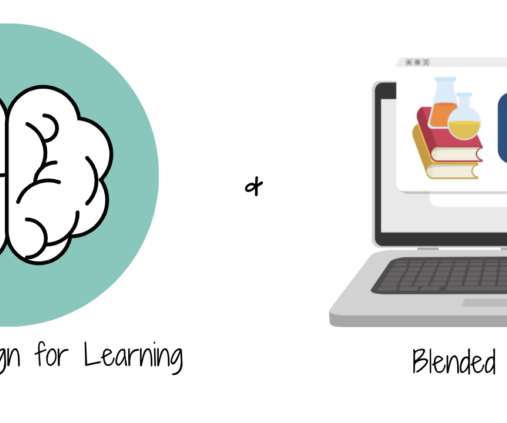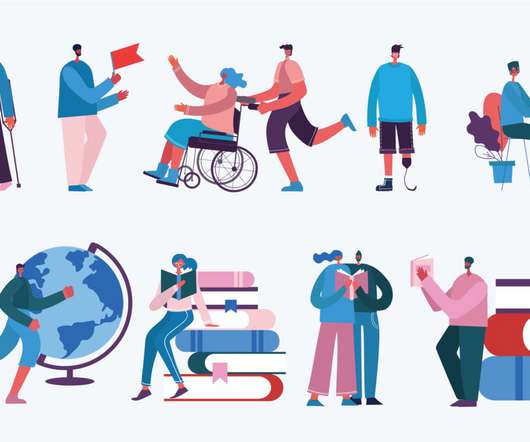Design Thinking Process and UDL Planning Tool for STEM, STEAM, Maker Education
User Generated Education
JUNE 8, 2017
In deciding what resources you need based on the learners you have, you may first need to determine how your learners learn best, what projects you plan to do, how you can set up a makerspace in your classroom, and much more. Share Out: A goal of the design thinking process is sharing learning out to a broader public.















Let's personalize your content